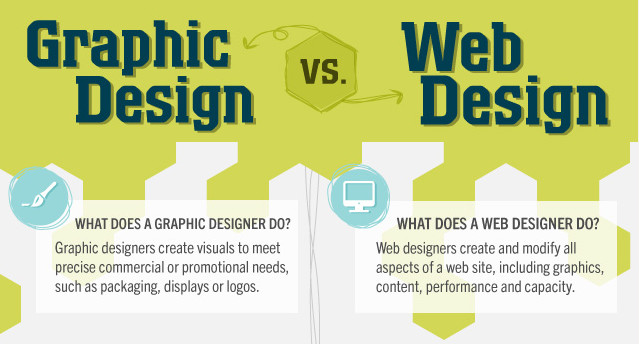Buzz Haven: Your Source for Trending Insights
Stay updated with the latest buzz in news, trends, and lifestyle.
Designing Delight: Crafting Web Experiences That Click
Unlock the secrets of web design that captivates! Discover tips to create experiences that engage and delight your audience.
The Psychology of Color in Web Design: How to Evoke Emotion and Drive Engagement
The psychology of color plays a crucial role in web design, as different colors can evoke distinct emotions and influence users' behaviors. For instance, warm colors like red and orange often evoke feelings of excitement and urgency, making them ideal for call-to-action buttons or sale promotions. In contrast, cooler hues such as blue and green can instill a sense of calm and trust, which is particularly beneficial for brands aiming to cultivate customer loyalty. Understanding the implications of each color can significantly enhance the user's emotional experience and drive engagement on your site.
Incorporating the principles of color psychology into your web design requires not just the selection of colors, but also an understanding of color harmony and contrast. Striking the right balance can ensure that your message is delivered effectively. Consider using a color palette that resonates with your audience's emotions while staying true to your brand identity. Additionally, employing tools such as A/B testing can help determine which color schemes create the highest engagement rates. By carefully considering how colors interact with user perception, you can create a website that not only attracts visitors but also engages them on a deeper emotional level.

10 Essential Tips for Creating User-Friendly Interfaces that Increase Conversion
Creating user-friendly interfaces is critical for increasing conversion rates. Here are 10 essential tips to help you achieve this goal:
- Simplicity is Key: Design interfaces that are clean and uncluttered. Avoid overwhelming users with too many options.
- Responsive Design: Ensure your interface looks great on all devices, including smartphones and tablets, to cater to a wider audience.
- Clear Call-to-Action: Use clear and compelling calls-to-action (CTAs) to guide users towards desired actions on your site.
- Consistent Branding: Maintain visual consistency in colors, fonts, and styles to create a cohesive user experience.
- User Testing: Regularly conduct user testing to identify areas for improvement based on real user feedback.
In addition to the above tips, consider the following strategies:
- Fast Loading Times: Optimize your website’s performance to ensure quick loading times, as users may abandon slow sites.
- Accessible Design: Make your interface accessible to all users, including those with disabilities, by following best practices in web accessibility.
- Visual Hierarchy: Use size, color, and placement to guide users’ attention to the most important elements on your interface.
- Engaging Content: Incorporate high-quality, engaging content that not only attracts users but also keeps them engaged on your site.
- Feedback Mechanisms: Implement feedback mechanisms like surveys and quick polls, allowing users to express their opinions and suggestions.
Is Your Website Failing to Convert? Key Design Mistakes to Avoid
If your website is failing to convert, it could be due to a variety of key design mistakes. One common issue is a lack of clear navigation. Users should be able to find what they're looking for within a few clicks. If your menu is cluttered or confusing, potential customers may leave before they even begin to explore your offerings. Another major design flaw is poor mobile optimization. With more people browsing on their smartphones, it's crucial that your site is responsive and provides a seamless experience across all devices.
Additionally, visual hierarchy plays a significant role in guiding user actions. If important elements, such as calls to action, are buried under less relevant content, it can lead to decreased conversions. Use contrasting colors and larger fonts to draw attention to these critical areas. Lastly, ensure that your website loads quickly; slow load times can frustrate users and increase bounce rates. By addressing these key design mistakes, you can significantly improve your site's conversion rates and drive more business success.